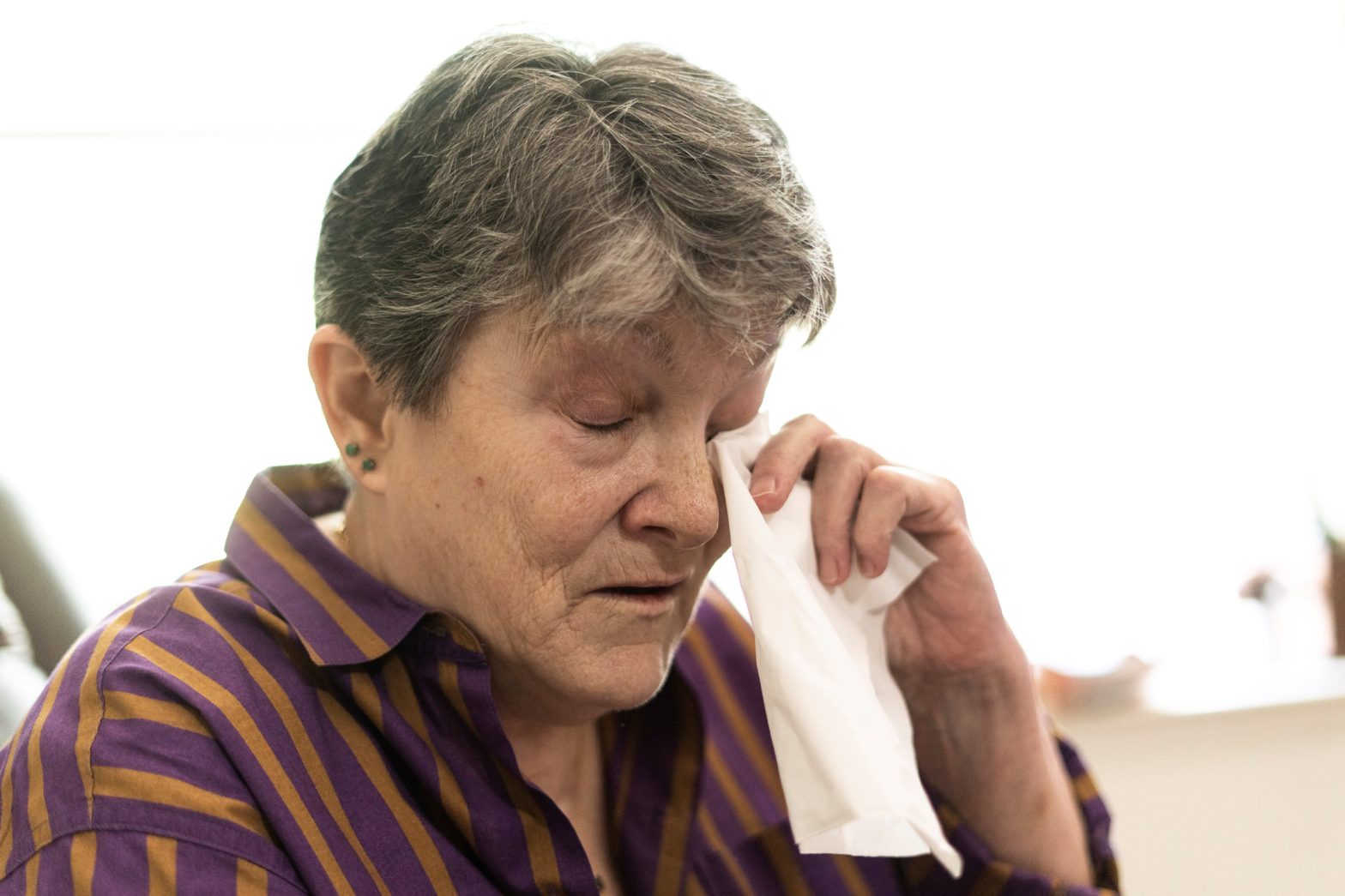Dying Patients Protest Looming Telehealth Crackdown

At age 93, struggling with the effects of a stroke, heart failure and recurrent cancer, Teri Sheridan was ready to end her life using New Jersey’s law that allows medically assisted suicide — but she was bedbound, too sick to travel.
So last Nov. 17, surrounded by three of her children, Sheridan drank a lethal dose of drugs prescribed by a doctor she had never met in person, only online. She died within minutes.
Soon, others who seek Sheridan’s final option may find it out of reach, the unintended result of a federal move to roll back online prescribing of potentially addictive drugs allowed during the COVID-19 pandemic.
“How much should one person suffer?” said Sheridan’s daughter, Georgene White, 68. “She wanted to just go to sleep and not wake up.”
Online prescribing rules for controlled drugs were relaxed three years ago under emergency waivers to ensure critical medications remained available during the COVID-19 pandemic. Now, the U.S. Drug Enforcement Administration has proposed a rule that would reinstate most previously longstanding requirements that doctors see patients in person before prescribing narcotic drugs such as Oxycontin, amphetamines such as Adderall, and a host of other potentially dangerous drugs.
The aim is to reduce improper prescribing of these drugs by telehealth companies that boomed during the pandemic. Given the ongoing opioid epidemic, allowing continued broad use of telemedicine prescribing “would pose too great a risk to the public health and safety,” the proposed rule said. It also cracks down on how doctors can prescribe other less-addictive drugs, like Xanax, used to treat anxiety, and buprenorphine, a narcotic used to treat opioid addiction.
The rule would allow some of these drugs to be prescribed with telemedicine for an initial 30-day dose, though patients would need to be seen in person to get a refill. And patients who have been referred to a new doctor by one they had previously met in person could continue to receive prescriptions for the drugs via telemedicine.
DEA Administrator Anne Milgram called the plan “telemedicine with guardrails.”
The agency, with input from the Department of Health and Human Services, is working to finalize the rule by May 11, when the COVID public health emergency officially ends, an HHS spokeswoman said. If approved by then, the new requirements would take effect in November.
The proposal has sparked a massive backlash, including more than 35,000 comments to a federal portal and calls from advocates, members of Congress and medical groups to reconsider certain patients or provisions.
“They completely forgot that there was a population of people who are dying,” said Dr. Lonny Shavelson, a California physician who chairs the American Clinicians Academy on Medical Aid in Dying, a coalition of doctors who help patients access care under so-called right-to-die laws.
Among the biggest complaints: The rule would delay or block access for patients who seek medically assisted suicide and hospice care, critics said. Many of the comments — including nearly 10,000 delivered in person to DEA offices — came from doctors and patients protesting the effect of the rule on seriously ill and dying patients.
“Please do not make the end of life harder for me,” wrote Lynda Bluestein, 75, of Bridgeport, Connecticut. In March, Bluestein, who has terminal fallopian tube cancer, reached a settlement with the state of Vermont that will allow her to be the first non-resident to use its medically assisted suicide law. By the time she’s ready to use the drugs, she expects to be too ill to travel to see a doctor in person for the prescription, she wrote.
The clash between desperate patients who need treatment and DEA’s efforts to bar telehealth companies from overprescribing dangerous medications was inevitable, said David Herzberg, a historian of drugs at the University of Buffalo.
“The balancing act is so tricky,” he said.
Laws in 10 states and Washington, D.C. allow dying people with a prognosis of six months or less to end their lives with a lethal combination of medications covered by the DEA rule. But such patients are often too sick to visit a doctor in person ¬– or they live hundreds of miles from the nearest willing and qualified provider, Shavelson said.
There are similar issues for the 1.7 million Medicare recipients enrolled in hospice care in the U.S., said Judi Lund Person, who oversees regulatory compliance for the National Hospice and Palliative Care Organization. Rolling back online prescribing flexibilities could mean a dying patient would wait for days for drugs to ease pain and other symptoms.
“They just don’t have time for that,” she said.
Shavelson and his colleagues called for an exception to the rule for the hundreds of patients a year who qualify for medically assisted suicide. Both the American Medical Association and the California Medical Association sent letters asking the DEA to carve out provisions for doctors prescribing the most dangerous category of drugs to patients receiving hospice or palliative care.
“These patients are extremely fragile and their medical conditions do not allow them to easily access a physician’s office,” wrote Dr. Donaldo D. Hernandez, president of the California group. Such people pose a “reduced risk for abuse” given their clear need for the medications.
Congress directed DEA in 2008 to create exceptions for certain providers to permit remote prescribing, but the agency has not done so, Virginia Democrat Sen. Mark Warner said in a statement last month.
DEA officials did not respond to questions about whether COVID-19 telehealth waivers would remain in effect if the proposed rule isn’t finalized by May 11 or whether the agency will allow exceptions for remote prescribing.
During the pandemic, prescriptions for medically assisted suicide went up, in some cases significantly. In Oregon, for instance, they climbed nearly 49%, to 432 in 2022 from 290 in 2019. The number of deaths under the law in that state rose, too, to 246 from 170. Nationally, at least 1,300 people die each year using the process, according to available state figures.
Telemedicine was key to access during the COVID emergency, said Dr. Robin Plumer, the New Jersey doctor who prescribed the drugs Teri Sheridan took. Plumer has overseen 80 assisted suicide deaths since 2020. Without online prescribing, 35% to 40% of her patients wouldn’t have been able to use the law.
“I feel like we’ve taught people over the past couple of years that telemedicine does work in so many areas and it’s a great improvement for people,” especially for those who are homebound or dying, Plumer said.
“And what?” she said. “They’re suddenly going to yank that away?”
___
The Associated Press Health and Science Department receives support from the Howard Hughes Medical Institute’s Science and Educational Media Group. The AP is solely responsible for all content.

























